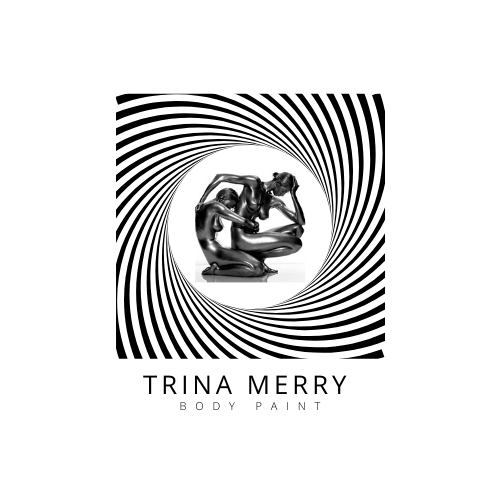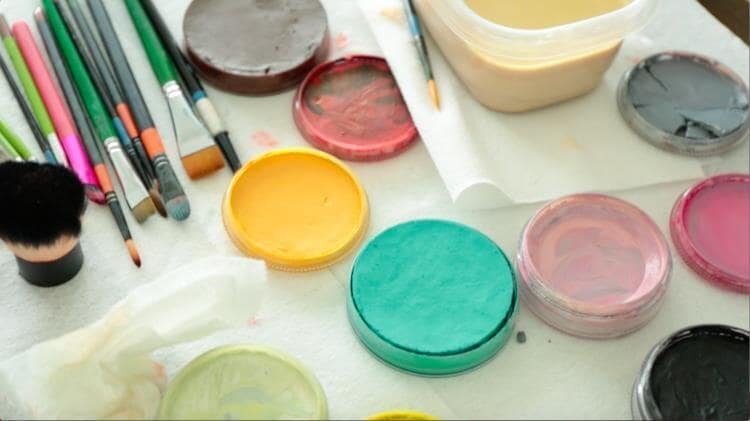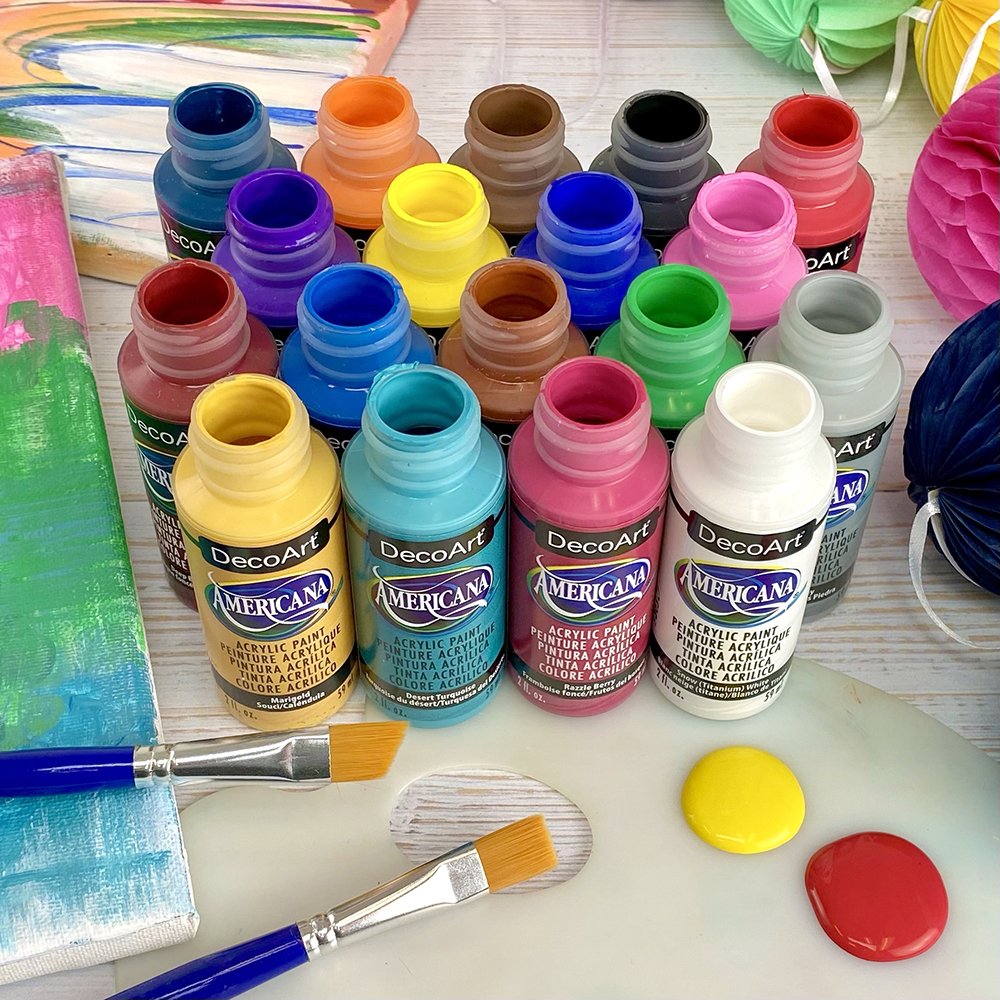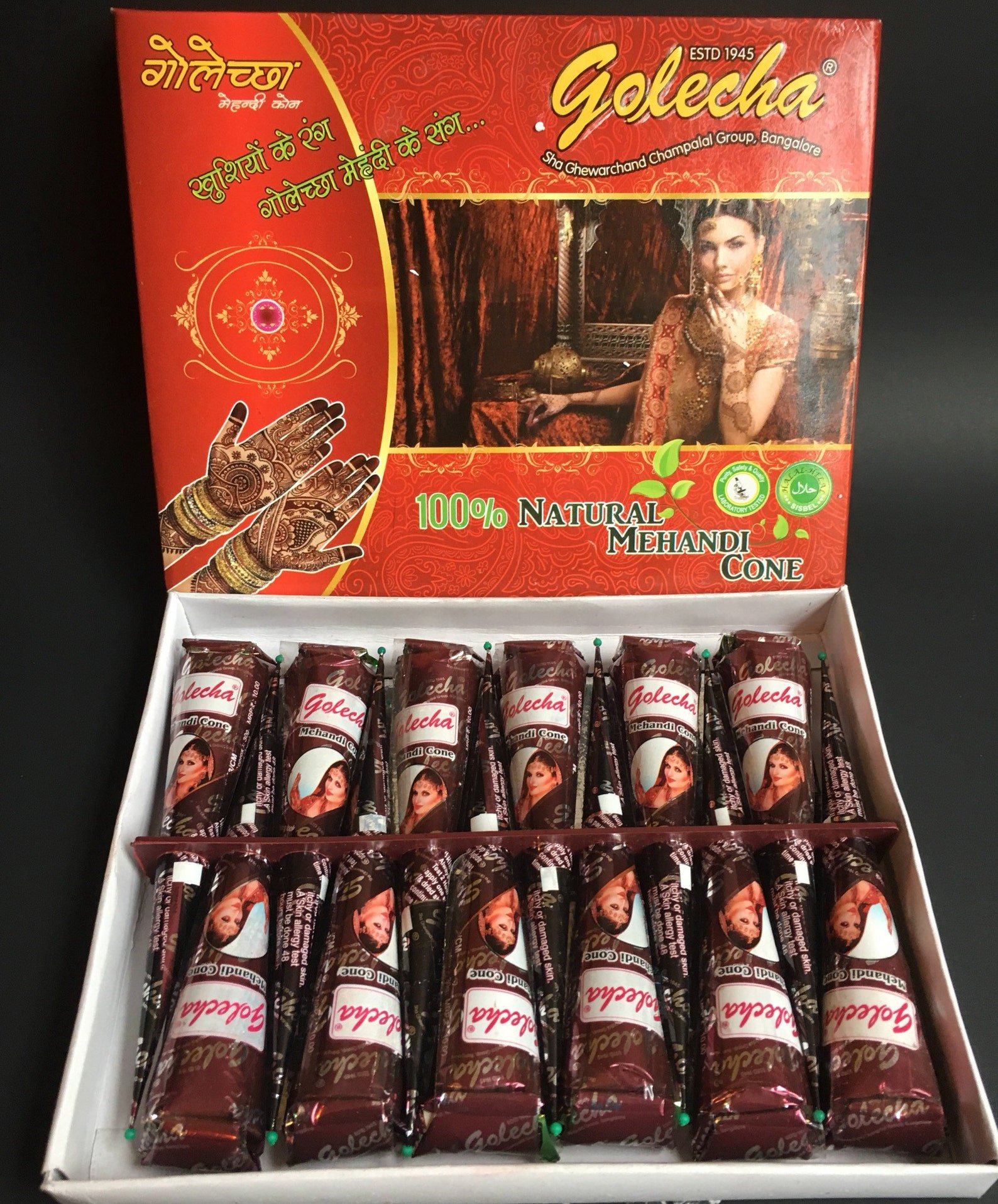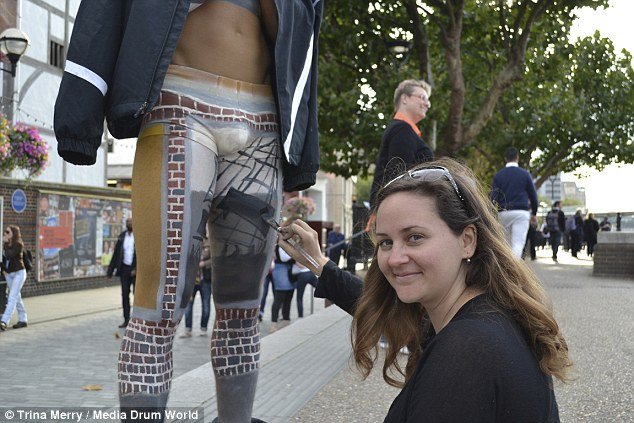What kinds of bodypaints exist? Which are the best types that I could choose for my project?
Those dreaming of getting creative with bodypaint are certainly in good company! From fun bodypainting cosplay, to artistic bodypaint looks for photo shoots, events, and festivals – bodypainting is becoming more and more popular! One of the most common questions we are asked is what kinds of body paint products exist, and which give the best results. We understand that choosing the right kind of organic non toxic body paint for both safety, and the results desired, can be a little confusing! Here, we will walk through many of the options of paint for skin use out there, and the precautions that are important to take. We'll also point readers to some paint for body painting brands that we rate the highest, based on direct experience. By the end of this article, our goal is to create confidence. It will be time to head out and create incredible body paint, all of your own with a body paint kit.
Exactly what is non-permanent body art?
Bodypainting is a popular form of non-permanent body art. Unlike tattoos, which will remain on the wearer's skin forever, non-permanent body art is an expressive and transient way to decorate the body creatively! From bodypaint to traditional henna art, these methods of adorning the body capture a moment in time – lasting only for a short while. If you think about it, many of us make use of non-permanent body art every single day without realizing it. Cosmetics such as mascara, eye shadow, and lipstick, can all be considered a temporary form of artistic expression!
For our purposes, the kinds of paint for skin we will be discussing here are paints for the body that are intended to be used for only one day, or less. Great bodypaint will allow the wearer to move freely while wearing it, be non-toxic, and easy to get off. Some bodypaints might need to be re-touched, although many will not within a reasonable duration! Before we get stuck into which kinds of body paint you might consider, we'd best start with safety first.
Prioritize Safety For A Brilliant Bodypainting Experience
When the James Bond movie "Goldfinger" was shot in the 1960s, something of a scandal erupted. Rumors swirled that actress Shirley Eaton had died while encased in gold bodypaint for the scene of her character's infamous demise. This rumor was so pervasive that Eaton later appeared on a television episode of MythBusters to put the urban myth to bed once and for all! Asphyxiation by bodypaint is near impossible – we breathe through our mouths and nose, after all. However, there are some important safety considerations to take into account before getting started.
We may not breathe through our skin, but our skin is porous. Choosing body paint that is safe to use on the body is vital, first and foremost. After that, one of the most common problems faced in the realm of bodypaint is allergic reactions. With this in mind, it's always best to do a skin-test if working with a new model, or trying out a new product! For example, latex bodypaint is hugely versatile and offers incredible potential for non-permanent body art. However, latex allergies are relatively common. A quick test will make sure any bodypainting experience is positive, rather than painful. Nobody wants to incorporate a trip to the ER into their artistic endeavors! Although we'll start by looking at some of the most popular types of bodypaint, you can scroll down to explore other types of paint that might have roused your curiosity.
Water-Based Bodypaint
When you imagine carnival or Halloween face paint, the chances are that a water-based body paint designed specifically for use on skin is what you have in mind! A vast range of non toxic washable body paint are available for all sorts of different applications. Modern water-based face and body paints are made according to stringent guidelines. This means they are non-toxic, usually non-allergenic, and can easily be washed away. For all of those great credentials, they will most likely need more frequent touch-ups and care from the wearer than other types of bodypaint.
Water-based bodypaints can either be applied with a paintbrush, synthetic sponge, natural sea sponge, or with an airbrush. These types of paint tend to rub off, and are more susceptible to sweat. Varying from brand to brand, lighter colors may not give the greatest coverage, or crack when applied thickly. The best way to ensure results is to test various products in advance, play with different application techniques, and master what can be achieved ahead of time!
When the hour arrives to take these types of bodypaint off, applying an oil based product such as baby oil or coconut oil in the shower, followed by some soap, will do the trick. Some colors may leave slight staining, but this should fade quickly with normal washing. We recommend using dark towels for the models and a Magic Eraser to clean your tub after you shower!
This is also a great non toxic paint for pregnancy.
Trina's favorite brands:
Cameleon
Kryolan
Wolfe FX (for Black, White & Metallics only)
For non toxic paint near me, contact trinamerry@gmail.com
Latex Bodypaint
Liquid latex bodypaints offer endless potential, although they behave a little differently to more traditional forms of bodypaint. These paints are used to create full-coverage looks that will sit over the skin, rather than staying bonded to it. The end result can be viewed as a custom, single-use, skin paint outfit – that is sure to turn heads! When properly applied and finished, latex bodypaint won't leave any residue on surfaces that the wearer touches. This makes them highly popular for use in cosplay, or for Halloween celebrations. Latex bodypaint offers a more affordable alternative to custom-made costumes, with the wow-factor appeal that only bodypaint can provide!
As mentioned earlier, latex allergies are not uncommon. Those who know they have reacted to condoms or even eyelash glue in the past will not be able to wear this kind of bodypaint. Starting with a skin test before applying latex bodypaint to a larger area is always wise. If any reaction takes place, the bodypaint should be removed immediately. Be sure to avoid application to damaged, inflamed, or sensitive skin. It is also imperative that body hair in the “paint zone” is removed in advance, to avoid great discomfort when it's time for removal!
While latex bodypaint provides only a thin layer on the body, which is not very insulating, it is wise to be aware of the body temperature of the wearer. In hot conditions, staying hydrated and taking breaks to cool off will protect from heat stroke. When the day's body art activities come to an end, liquid latex body paint can be simply lifted and peeled from the skin. If the body was prepared correctly, the paint will be easy to remove! In fact – some people love this part the most, and it provides the added benefit of acting as an exfoliant! For a more in depth guide, check out the blog: How To Use Liquid Latex (Guide)
Trina's favorite brand:
Brand X Liquid Latex
Alcohol Based Bodypaint
This kind of body paint was originally intended for smaller airbrush tattoos and for SFX makeup applications. More recently, it's made the leap into the realm of full-body painting! The main draw of alcohol-based bodypaint is that it is sweat and waterproof. Airbrush paint for skin can be helpful for performances with a lot of sweating – especially in the summer! However, its limitation lies in that it is not rub proof. So, when you touch another surface or area of your body with the paint, it will lift off. Despite being vulnerable in this way, it is not easy to remove and requires patience and extra time. In our experience, rubbing alcohol removes this type of bodypaint the best, with around 99% success on a first pass. Some brands offer additional paint remover for skin options which seem to deliver variable results, at some extra cost!
Depending on the intended activities of the wearer, alcohol-based bodypaint may provide an effective option in the right circumstances. In some cases, you may need to give the skin a day of rest before fully removing the paint so it isn’t super irritated. We recommend avoiding waxing or shaving the day before an alcohol-based body paint and planning ahead for body hair removal. Patience and planning are key, and the wearer of this kind of spray paint for skin needs to be fully informed of the associated challenges!
Lastly, all involved on such a project should be aware that inhaling rubbing alcohol is unsafe. Masks should be worn during the painting process and – as with any airbrush body painting – it's very important to have a ventilation system set up in the bodypainting area.
Trina's favorite brands:
European Body Art (FX palettes)
Cameleon
Silicone Makeup
These products are not so well suited to full-body looks, but provide an excellent addition to the bodypaint and makeup artist body paint toolkit. This is especially true when it comes to decorating faces, and creating other details that need to last all day. These products tend to come in smaller bottles, at higher cost, but offer great potential for fine creative flourishes! Drawing on our own experience, Temptu has created a nice silicone based airbrush paint for skin. Their range comes in a variety of paint colors for skin tones, and has strong durability for makeup looks. Make Up For Ever's line of silicone spray paint for skin also hold up well. These do tend to clog airbrush guns, so be sure to get a few bottles of their thinner and cleaners, to keep that bodypaint flowing!
Trina's favorite brands:
Make Up For Ever
Temptu.
DM (Danessa Myrick’s) Color Fix
Metallic And Glitter Bodypaints
Sometimes bold color and pattern simply isn't enough, and we want to create some sparkle and shimmer! While this is an exciting area of bodypainting to venture into, it is wise to proceed with caution. From metal toxicity to microplastics, artists are advised to consider what they apply to skin, and what they allow to be washed or thrown away!
Metallic pigments by brands like Mehron are often created by combining a hybrid water and alcohol “mixing liquid” solution. While these contain a high pigmentation and metallic sheen, we had direct experience of severe allergic reactions from models wearing these products for Paris Fashion Week. When we called Mehron, they admitted their products contain actual metals and are not FDA approved. For this reason, we no longer use or recommend them to our clients. Thankfully we have discovered other brands that offer safe and skin-friendly metallics and still recommend their mixing liquid.
When it comes to glitter, we believe purchasing biodegradable glitter is essential, and the only option to consider! As stunning as glitter can be, most glitters are ultimately microplastics that are destined to make their way to the sea. Read more about our Biodegradable Glitter suggestions.
Trina's favorite brands:
Cameleon (for gorgeous metallic pigments)
Body FX (for divine and eco-friendly 100% biodegradable glitter)
Cream Based Character Bodypaint and Makeup
Cream based makeup can be sublime for creating character and avante garde makeup looks. Those created by brands like Make Up For Ever and Kryolan are both waterproof and sweat-proof. Once applied, these are usually set with a finishing spray or powder, although they never fully dry, and need special removers. Remember to always remove the makeup from the container and use it on a palette, so as not to spread germs from one model to the next.
These products also serve fantastically in the moment, for bodypaint artists who wish to master adaptability. If you need a stronger pigmented white, need to repair cracking areas, want a more wet/reflective look, or want to create amazing face looks that compliment your body painting – cream based makeup can be an indispensable addition to your kit. For this, we recommend each body painter or makeup artist consider investing in Make Up For Ever’s Flash Palette, or some similar product. It has saved several of our paintings!
Trina's favorite brands:
Make Up For Ever
Kryolan
Hybrid Airbrush Bodypaints
Some brands provide hybrid airbrush bodypaints that set out to provide the lasting power of alcohol, and the easier to remove qualities of water-based products. While these credentials sound good in theory, we have so far found them to provide less than the desired effect. Challenges faced included cracking textures, quickly clogged airbrush guns, and trouble removing the paint. This type of bodypaint also seems to retain it's alcohol based ancestor's inhalation toxicity. We do not recommend these products, but if you should choose to use them, please wear a mask, and ensure happy lungs with adequate ventilation. To avoid frustration, bring spare airbrush guns and hire an airbrush technician for your set, to clean guns for your session. No one wants unnecessary delays, or a group of grumpy body painters on set!
Acrylic Paint
Acrylic paint is something that many of us have lying around the house. It might be easy to imagine that this type of paint would be suitable for use as bodypaint, but we strongly advise against it! Be aware that any paint product that is labeled as “non-toxic” does not necessarily mean that it is “skin-safe”. These two concepts are not the same and, as we mentioned earlier, our skin is porous. Ingredients within the paint – such as the pigments used to create each color – may not be safe to apply on the body. Beyond toxicity, allergic reactions are a greater risk with products that are not designed for use on skin. Acrylic paint, although somewhat flexible, is also not designed to be used on a living, moving body. Created-for-purpose bodypaints are a far better option both in terms of safety, longevity and results! If you must use acrylic paint for texture, try a makeup brand’s acrylics like MAC which are skin-safe.
Other Household Paints
As was the case with acrylic paint above, any paints or products which have not been formulated for use on the body are going to be best avoided. This will mean gouache paints, tempera paints, household liquid latex paint, and sharpies, among others. Water based paints or markers that have been formulated for use on a variety of surfaces could trigger serious allergic reactions when applied to skin. Pigment ingredients can be toxic. From illness to lawsuits, potential for unwanted effects make such risks ill-advised! Again, these products will also crack quickly on the skin as they are intended for use on only the inanimate! They will not display the flexibility or longevity of products formulated beautifully for bodypainting.
If you still feel inclined, make sure you have written consent and a liability waiver, at bare minimum, before ever using such products on the human body. If you do need to use these products, we recommend first base coating the model in a water-based bodypaint product, before using the other paints on top, to enhance the vibrancy or texture of your painting. While providing a layer of protection, this does not guarantee the safety of the wearer, so be advised!
Henna and Black Henna
Rather than being a bodypaint, henna is a traditional plant dye used on skin, hair and wool, that creates a brown or red stain. It can be viewed as a lasting temporary tattoo that fades and disappears as dead skin sloughs off the body. The fading process can be sped up by exfoliating or by coming into contact with chlorine.
Although henna in it's purest form is natural, since it is plant-based, a lot of ready-made henna mixes have metal additives. These metals can seep through the skin and cause damage. Black Henna in particular is often toxic, and should never be used. Always apply caution if you get a henna tattoo abroad or at a fair, and ask questions about the type of product they are using. We recommend hiring a professional like Margie Nugent or Deborah Brommer for stunning henna body art. We do not offer these services at this time, but do enjoy receiving them!
Marbling Bodypaint
This type of bodypaint is popular music festivals, and may be something you've come across in person, or in the media. Paint is used to create patterns on the surface of a solution – usually salt water. The customer dips their arms into the mixture, and receives a marbling or tie dye effect that they can wear on their skin. While it does look cool, this type of bodypaint has not yet been approved for use on the body by the FDA. Despite its trend worthy qualities, we recommend steering clear of this bodypainting practice for your parties. That is, until the FDA approves it's safety for use on the skin.
Markers & Sharpies
Paint Pens and sharpies became popular on bodies during the 1990’s Shriiimp Girls phase when artists would tag or draw graffiti bodypaint on nude women. These markers are deemed non-toxic but are they among the best face and body paints for the skin?
Markers are not meant to cover the skin of the whole body. Some markers do specify the regions of the body in which they shouldn’t be used but generally their intended use is for canvas or paper, not for the body. This is similar to Acrylic Paint- it’s a grey area.
Allergy tests should always be done first as you should similarly do your due diligence before using any type of body paint. Apply it on your model’s skin and wait for at least 20 minutes to see if there’s any irritation. This is the best way to tell whether body paint markers will work for your concept.
Sharpies will last quite a bit longer on the skin- several days- so be sure you have removal instructions ready for your model or have them agree to wear your design for up to a week.
A Cautionary Tale Of Crude Oil
Surprisingly, there are a few trending photographers on Instagram using crude oil on the skin, as it has been practiced in the Caribbean and some African countries. While a romantic mental image of Charlize Theron as Furiosa in the latest Mad Max movie might come to mind, in practice this would be highly toxic. Crude oil exposure has been linked to strokes, heart attacks and much more - which certainly doesn't tally up with safe bodypaint practices! Instead, to achieve this look, start by applying a black bodypaint. Next, mix water and jojoba oil in a spray bottle, and spray it over the bodypaint. A dark, wet oil appearance is achieved and no one will fall ill – or worse – for your creative art project.
Conclusion
People are putting all kinds of products on the body every day, but that doesn't always mean their choices are the wisest. The best way to enjoy the expressive and playful nature of bodypainting is to choose high quality, skin friendly bodypaints! With that in mind, feel free to contact us if you have any questions, or need advice on what type of body paint or makeup to use for your project or to build your body paint kit.
Which type of bodypaint would you like to experiment with in your next project? What kind of body paints have you tried and like using? Leave your comments below!.
